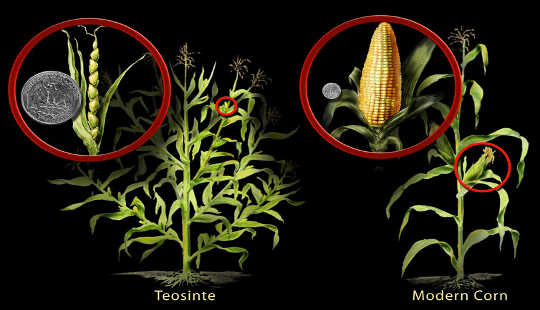 Since the 1980s biologists have used genetic engineering to express novel traits in crop plants. Over the last 20 years, these crops have been grown on more than one billion acres in the United States and globally. Despite their rapid adoption by farmers, genetically engineered (GE) crops remain controversial among many consumers, who have sometimes found it hard to obtain accurate information.
Since the 1980s biologists have used genetic engineering to express novel traits in crop plants. Over the last 20 years, these crops have been grown on more than one billion acres in the United States and globally. Despite their rapid adoption by farmers, genetically engineered (GE) crops remain controversial among many consumers, who have sometimes found it hard to obtain accurate information.
 A revolution in how we think about preventing cavities in children is upon us. Evidence shows that cavity formation has less to do with genetics, candy habits or poor brushing, and more to do with the types of snack foods we give children. Counter-intuitively, dark chocolate is better for teeth than pretzels or crackers.
A revolution in how we think about preventing cavities in children is upon us. Evidence shows that cavity formation has less to do with genetics, candy habits or poor brushing, and more to do with the types of snack foods we give children. Counter-intuitively, dark chocolate is better for teeth than pretzels or crackers.
 I find it sad that people have to keep discovering wisdom through their own tragedies. I am saying this in the hope that you will take the time to read on, learn from the wisdom of others, and not require a disaster to become your teacher.
I find it sad that people have to keep discovering wisdom through their own tragedies. I am saying this in the hope that you will take the time to read on, learn from the wisdom of others, and not require a disaster to become your teacher.
 Have you ever wondered how freshly baked bread gets its a golden brown crust and why it smells so good? Or how nondescript green berries turn into beautiful brown coffee beans with a rich alluring aroma?
Have you ever wondered how freshly baked bread gets its a golden brown crust and why it smells so good? Or how nondescript green berries turn into beautiful brown coffee beans with a rich alluring aroma?
 A golden era of antibiotics shifted the leading causes of death away from infection to cancer and cardiovascular disease. At the moment, we can still treat most infections as only a few are resistant to what is currently the last line of antibiotics – the colistins.
A golden era of antibiotics shifted the leading causes of death away from infection to cancer and cardiovascular disease. At the moment, we can still treat most infections as only a few are resistant to what is currently the last line of antibiotics – the colistins.
 Everyone knows that Britain’s conclusive victory over Napoleon was at Waterloo. The story of that day – the squares of infantry repulsing cavalry charges, the Imperial Guard retreating under murderous musket fire delivered by a red line of soliders, the just-in-time arrival of Field Marshal Blücher’s Prussian army – is one of excitement, horror and heroism.
Everyone knows that Britain’s conclusive victory over Napoleon was at Waterloo. The story of that day – the squares of infantry repulsing cavalry charges, the Imperial Guard retreating under murderous musket fire delivered by a red line of soliders, the just-in-time arrival of Field Marshal Blücher’s Prussian army – is one of excitement, horror and heroism.
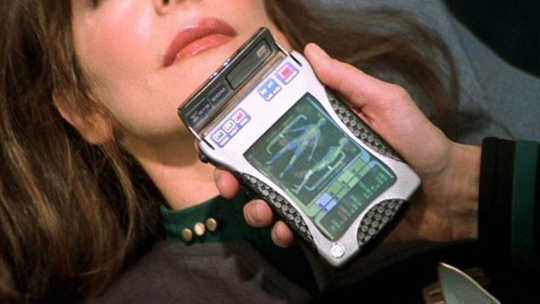 We know so much about the genes that cause disease, so why are we not approaching an age of Star-Trek-like medicine in which a doctor can wave a handheld device over a patient, claim to have sequenced the genes of the offending pathogen, then move rapidly to a cure?
We know so much about the genes that cause disease, so why are we not approaching an age of Star-Trek-like medicine in which a doctor can wave a handheld device over a patient, claim to have sequenced the genes of the offending pathogen, then move rapidly to a cure?
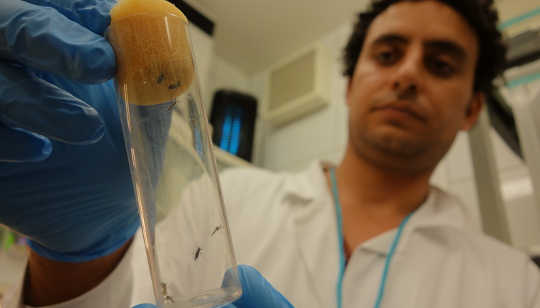 The near panic caused by the rapid spread of the Zika virus has brought new urgency to the question of how best to control mosquitoes that transmit human diseases. Aedes aegypti mosquitoes bite people across the globe, spreading three viral diseases: dengue, chikungunya and Zika.
The near panic caused by the rapid spread of the Zika virus has brought new urgency to the question of how best to control mosquitoes that transmit human diseases. Aedes aegypti mosquitoes bite people across the globe, spreading three viral diseases: dengue, chikungunya and Zika.
 Last week, the National Obesity Forum caused a furore by claiming that eating fat, including saturated fat, will help cut rates of obesity and type 2 diabetes. Public Health England hit back, calling NOF’s advice “irresponsible”.
Last week, the National Obesity Forum caused a furore by claiming that eating fat, including saturated fat, will help cut rates of obesity and type 2 diabetes. Public Health England hit back, calling NOF’s advice “irresponsible”.
 Marisa Fisher's research suggests people with Williams syndrome can learn to say no to strangers, refuting past studies that indicated sociability may be hard-wired in individuals with Williams syndrome.
Marisa Fisher's research suggests people with Williams syndrome can learn to say no to strangers, refuting past studies that indicated sociability may be hard-wired in individuals with Williams syndrome.
 Alcohol: why do we drink it? People have been consuming alcohol for at least 10,000 years. And when drinking water was rather risky, alcohol seemed a much safer bet. Amaldus of Villanova, a 14th-century monk, even wrote that alcohol “prolongs life, clears away ill humors, revives the heart and maintains youth”.
Alcohol: why do we drink it? People have been consuming alcohol for at least 10,000 years. And when drinking water was rather risky, alcohol seemed a much safer bet. Amaldus of Villanova, a 14th-century monk, even wrote that alcohol “prolongs life, clears away ill humors, revives the heart and maintains youth”.
 "As doctors, we throw things like antihistamines, ointments, and lotions at patients who suffer chronic itching, but if there is something profoundly abnormal about the immune system—as it appears there is—then we can't solve the itching until we address those underlying causes," says Brian S. Kim.
"As doctors, we throw things like antihistamines, ointments, and lotions at patients who suffer chronic itching, but if there is something profoundly abnormal about the immune system—as it appears there is—then we can't solve the itching until we address those underlying causes," says Brian S. Kim.
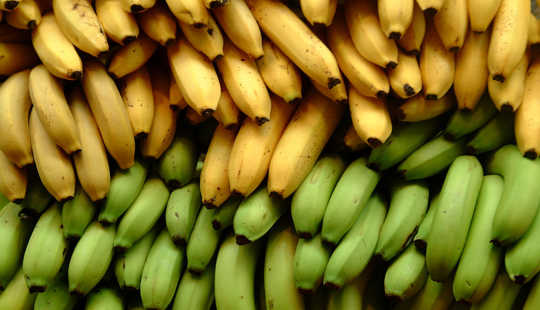 In the past week you’ve probably eaten crops that wouldn’t exist in nature, or that have evolved extra genes to reach freakish sizes. You’ve probably eaten “cloned” food and you may have even eaten plants whose ancestors were once deliberately blasted with radiation. And you could have bought all this without leaving the “organic” section of your local supermarket.
In the past week you’ve probably eaten crops that wouldn’t exist in nature, or that have evolved extra genes to reach freakish sizes. You’ve probably eaten “cloned” food and you may have even eaten plants whose ancestors were once deliberately blasted with radiation. And you could have bought all this without leaving the “organic” section of your local supermarket.
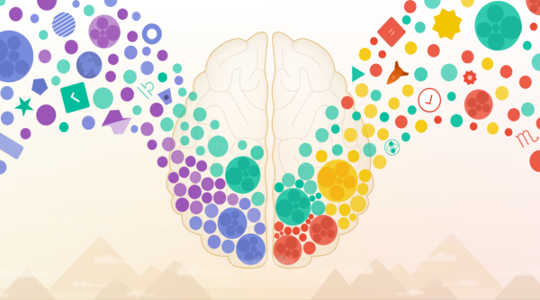 Despite massive government, medical and individual efforts to win the war on obesity, 71 percent of Americans are overweight. The average adult is 24 pounds heavier today than in 1960. Our growing girth adds some US$200 billion per year to our health care expenditure, amounting to a severe health crisis.
Despite massive government, medical and individual efforts to win the war on obesity, 71 percent of Americans are overweight. The average adult is 24 pounds heavier today than in 1960. Our growing girth adds some US$200 billion per year to our health care expenditure, amounting to a severe health crisis.
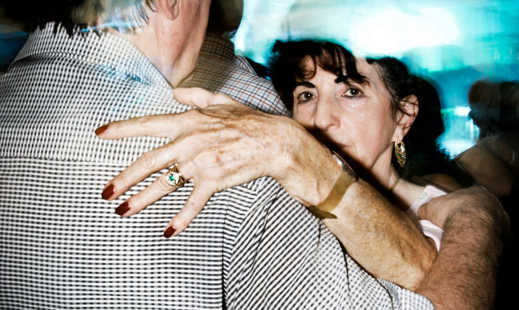 "Conflict happens in every marriage, but people deal with it in different ways. Some of us explode with anger; some of us shut down," says Claudia Haase. "Our study shows that these different emotional behaviors can predict the development of different health problems in the long run."
"Conflict happens in every marriage, but people deal with it in different ways. Some of us explode with anger; some of us shut down," says Claudia Haase. "Our study shows that these different emotional behaviors can predict the development of different health problems in the long run."
 Many people believe eating healthily is expensive – and more costly than buying junk food. But our new research, published in the journal BMC Public Health, shows this isn’t the case.
Many people believe eating healthily is expensive – and more costly than buying junk food. But our new research, published in the journal BMC Public Health, shows this isn’t the case.
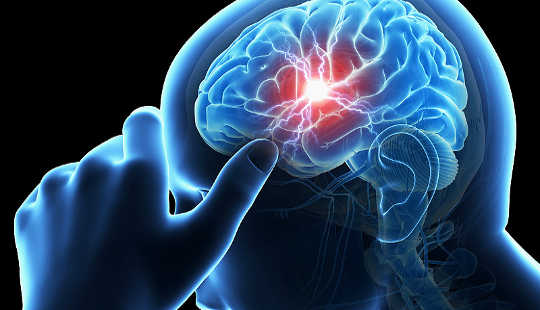 “I have something to say. I want to share it with you.” By tapping a few keys in a specific sequence, I have made a code emerge on the screen. When you see these words, the language area of your brain (usually the left side) converts the sequence into meaning. If I have selected well, this meaning will match the message I wanted to convey.
“I have something to say. I want to share it with you.” By tapping a few keys in a specific sequence, I have made a code emerge on the screen. When you see these words, the language area of your brain (usually the left side) converts the sequence into meaning. If I have selected well, this meaning will match the message I wanted to convey.
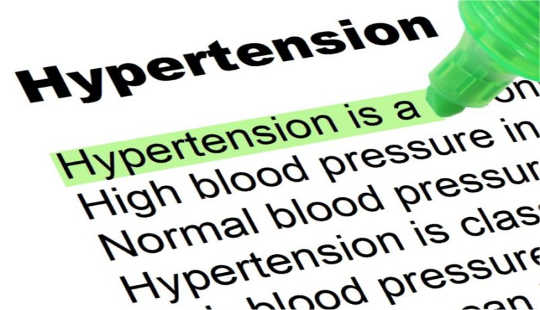 Traditionally, someone who suffered from hypertension – or high blood pressure – would only receive treatment when his or her blood pressure was measured and the reading was found be higher than normal. But this meant that the condition was often picked up only when the person had a stroke or a heart attack – and in many instances this was too late.
Traditionally, someone who suffered from hypertension – or high blood pressure – would only receive treatment when his or her blood pressure was measured and the reading was found be higher than normal. But this meant that the condition was often picked up only when the person had a stroke or a heart attack – and in many instances this was too late.
 It only takes a single fly to alight on your picnic lunch to make you uneasy about what germs may have landed with it. But what harm can come from a fly landing on your food? Should you throw it away?
It only takes a single fly to alight on your picnic lunch to make you uneasy about what germs may have landed with it. But what harm can come from a fly landing on your food? Should you throw it away?
 Consuming too much energy – whether from fat or carbohydrates, including sugar – will make you gain weight. If left unchecked, this excess weight increases your risk of lifestyle-related diseases such as diabetes, heart disease and some cancers.
Consuming too much energy – whether from fat or carbohydrates, including sugar – will make you gain weight. If left unchecked, this excess weight increases your risk of lifestyle-related diseases such as diabetes, heart disease and some cancers.
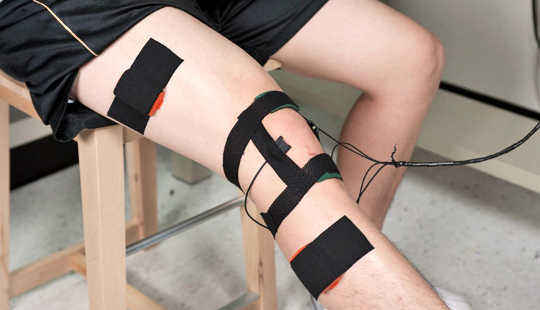 "It's a little bit like some kind of Halloween stuff happening," says Omer Inan. "You're listening to your bones rubbing on each other, or maybe cartilage."
"It's a little bit like some kind of Halloween stuff happening," says Omer Inan. "You're listening to your bones rubbing on each other, or maybe cartilage."
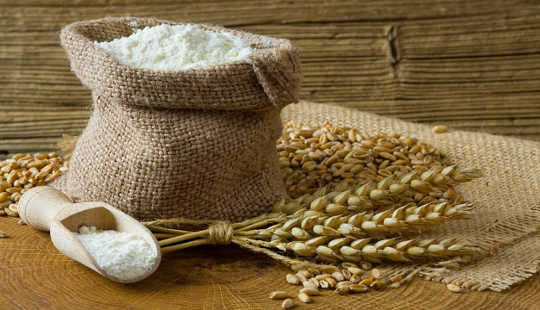 Have you ever wondered why you have so many different types of flour in your pantry? You might have cornflour and arrowroot, self-raising, and plain flour. And if you like to bake bread, possibly strong bakers’ flour.
Have you ever wondered why you have so many different types of flour in your pantry? You might have cornflour and arrowroot, self-raising, and plain flour. And if you like to bake bread, possibly strong bakers’ flour.

The study shows that blue-enriched light exposure acutely altered metabolic function in both the morning and the evening compared to dim light














